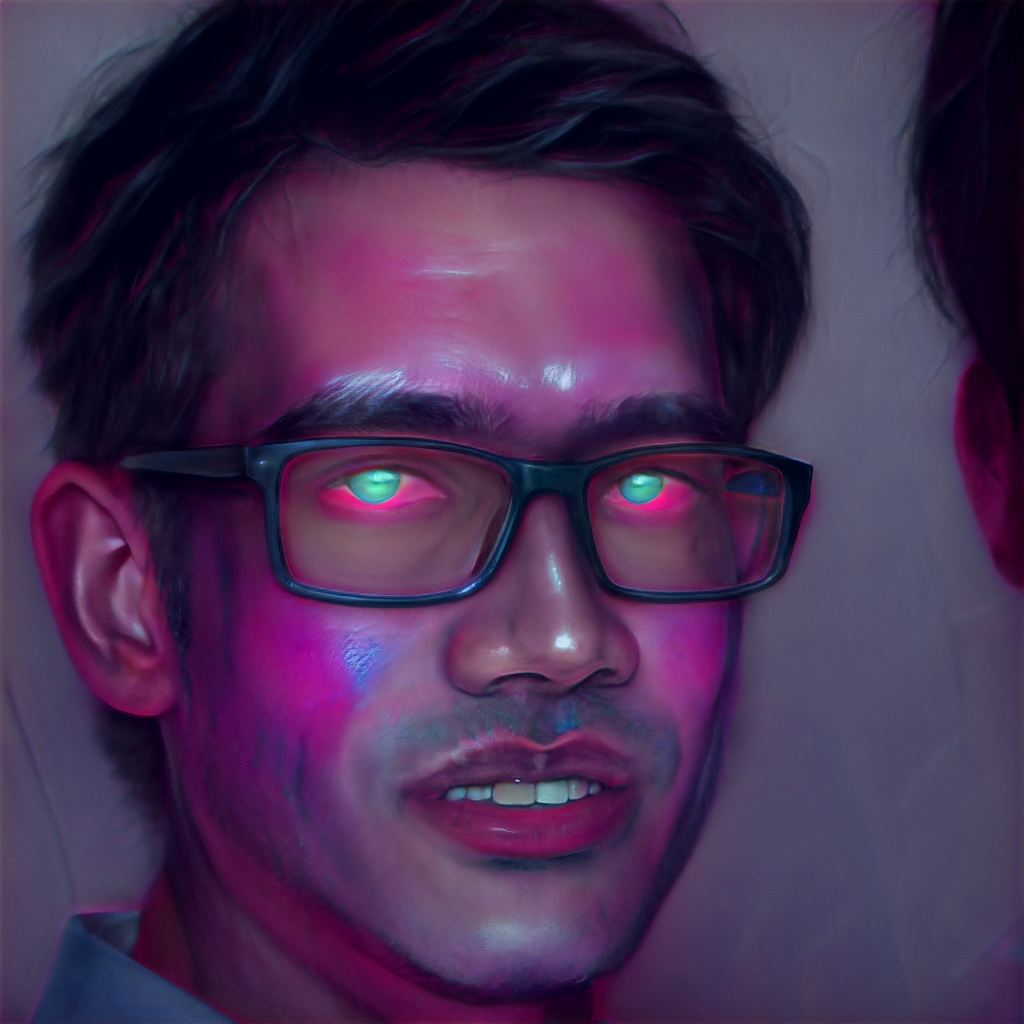Readme
Structured Dreaming
Introduction
By now it is well known that neural networks trained to classify images also have the capacity to generate images [1]. There are a lot of variations on this theme with entire artistic movements based on DeepDream [4], libraries such as Lucid [6] and advanced feature visualization tools such as OpenAI microscope [7]. With the release of CLIP [5] and open research on twitter [8] generative exploration of image networks has gained a lot of popularity.
As described in Differentiable image parameterizations [1] all these generative techniques work in the same way. Given a network used for image related tasks such as representational learning or classification we can backpropagate from a desired representation and optimize the input image towards a high activation image.
The simplest parametrization of the input image is in the form of RGB values for each pixel. But naively backpropagating to the image will not work as described in the chapter Enemy of feature visualization of Feature Visualization [2]. The network ends up “cheating” and you will end up with an image full of noise and nonsensical high-frequency patterns that the network responds strongly to.
In this work we will continue to explore different techniques to avoid the “cheating” and create both informative and or visually interesting images.
References
[1]
Mordvintsev, A., Pezzotti, N., Schubert, L., & Olah, C. (2018).
Differentiable image parameterizations. Distill, 3(7), e12.
https://distill.pub/2018/differentiable-parameterizations/
[2]
Olah, C., Mordvintsev, A., & Schubert, L. (2017).
Feature visualization. Distill, 2(11), e7.
https://distill.pub/2017/feature-visualization/
[3]
Goh, G., Cammarata, N., Voss, C., Carter, S., Petrov, M., Schubert, L., … & Olah, C. (2021).
Multimodal neurons in artificial neural networks. Distill, 6(3), e30.
[4] https://ai.googleblog.com/2015/06/inceptionism-going-deeper-into-neural.html
[5] https://github.com/openai/CLIP
[6] https://github.com/tensorflow/lucid
[7] https://microscope.openai.com/
[8] https://twitter.com/advadnoun/status/1348375026697834496







